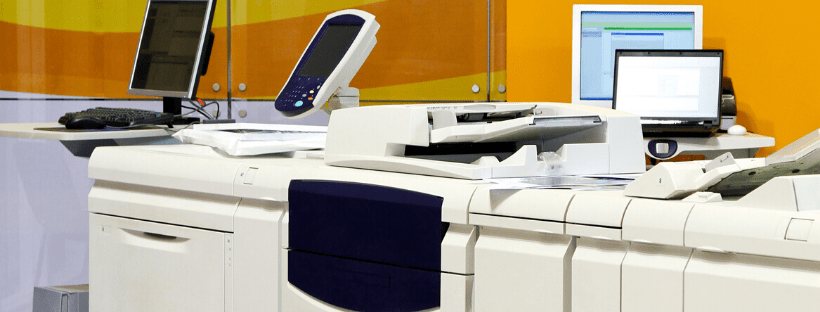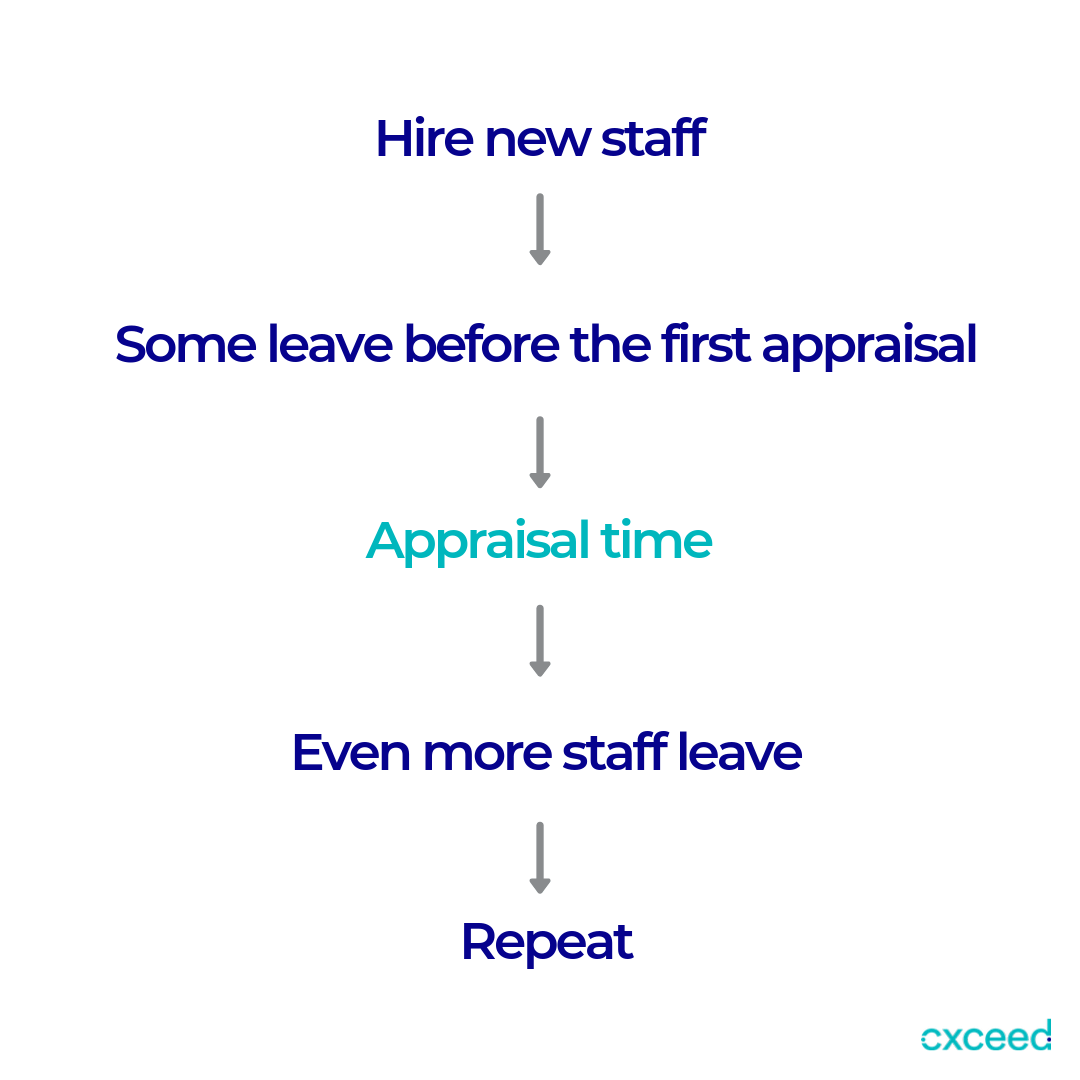Why Are Call Agents Always Talking Loudly?
Call center agents seem to love talking loudly when on the phone. The call center noise is unbelievably loud sometimes. Like, REALLY loud, to the point where it's actually quite difficult to understand what they're saying. This background noise makes it so obvious it's a call agent when they phone you.
Call Centers are Noisy Places
Surely the microphone is next to their mouth, so why can't they talk at a reasonable volume allowing me to understand them? Instead, I feel like I'm fourteen again, and my Mum is telling me off for drinking straight out of the milk bottle. (We've all done that, right?)
Call centers are usually loud places, with a lot of background noise: people talking, phones ringing, printers going, music playing, bosses shouting, kettles whistling - you get the idea. The noise soon builds up. In any situation, when you can't hear another person, you automatically assume that they also can't hear you. It's human nature to raise your voice when you can't hear someone.
Nightclub, and you can't hear your friend? You shout.
Building site, and you can't hear your boss? You shout.
Call center, and you can't hear the caller? You shout, but you don't need to.
Even though the call center has a lot of background noise and the agent can't hear the caller very well, the person on the other end often can her the agent perfectly. Yes, they have a headset with a noise-canceling microphone, but that doesn't stop the average call center agent shouting down the phone!
It's Human Nature
We are in a loud environment, so we speak louder than normal. It's something which we haven't evolved out of. It's not surprising that they can't hear the customer on the other end of the line very well with all the chaos going on around them. How can they even concentrate with all that noise going on?! One person talks loudly, so the person next to them feels the needs to raise their voice to be heard, and then the next, and the next. This results in the customer getting shouted at down the line, and a horrible overall customer experience. It's a bit like when you're speaking to someone in a foreign country. Because you can't understand the person very well, you start talking louder and slower, sometimes slipping into an awful accent to try and be understood. Just like in the call center, they don't mean to do it, it just happens.

How Do You Reduce Background Noise in an Office?
1. Get Everyone To Maintain Their Voice Levels
As obvious as it sounds, asking people not to shout is a simple method to reducing background noise. It is straightforward and it can be very effective. Sometimes people don't realize they are talking loudly, so making them aware of it can often result in them lowering their voice to a more suitable level for the office they are in. If one person isn't shouting, then the person next to them doesn't need to and so on.
2. No Chit-Chat Behind Someone's Desk
Another simple idea is asking agents not to talk to colleagues behind another agents desk when they are on a call. Going to a quiet corner where no-one is working, or moving to another room altogether will bring noise levels down and make it easier for agents to hear the caller.
3. Acoustic Foam
Sound masking! By installing acoustic foam around the office can help to dampen the noise without dampening the mood. It's relatively inexpensive to buy and install but will make a big difference by stopping echo and noise bouncing around the room. This is a common sound masking system that is very effective.
4. Use Chat Systems
The use of a chat system for agents can come in handy, so they don't have to shout across the room to one another; they can silently type it. It is a good idea to monitor, however, to make sure people aren't just gossiping all day instead of working.
5. Partition Screens
Another way of sound masking is by installing partition screens can help to reduce noise. Not only that, but it also gives agents a little more privacy and even a place to pin things. It's three for the price of one - we are treating you today!
6. Noise-Canceling Headsets

Using equipment like headsets which have two headphone cups can allow agents to hear the caller much easier while blocking out background noise surrounding them. Most good call centers use headsets with noise-canceling microphones, so the caller shouldn't hear the commotion happening in the rest of the call center.
7. White Noise Machines
By installing white noise generators, you can create artificial levels of noise, which can help mask the jungle-like sounds of a call center. Staff will be able to understand customers much clearer not being distracted, helping to reduce mistakes. Of course, as mentioned there are other sound masking options, but this is one of the cheapest.
8. Don't Have Noisy Machines Next To Agents
Sure, we need printers and servers, but do they need to be next to the agents? No. Instead, have a separate room for these loud machines. Sure, you'll have to walk for an extra 10 seconds, but I'm sure not having a machine buzzing and beeping in an agents ear will be worth it.
Don't forget, there are actually regulations surrounding the noise levels your agents are surrounded by. Make sure you're complying with them!

The Wrap-Up
So call agents often talk very loudly on a call, but it isn't always their own fault as background noise builds up or just human nature taking over. Reducing the noise in a call center will help the agent hear the call more clearly, and often they will not feel the need to shout to get their point across, creating a much more pleasant experience for everyone. If they're happier (and quieter!), they can provide customers with a better experience (and with Cxceed helping out, they'll be unstoppable!).Everyone's a winner!
We hope these tips help and if you have any more, or have used any of the ones discussed, leave us a comment telling us how you got on.





























